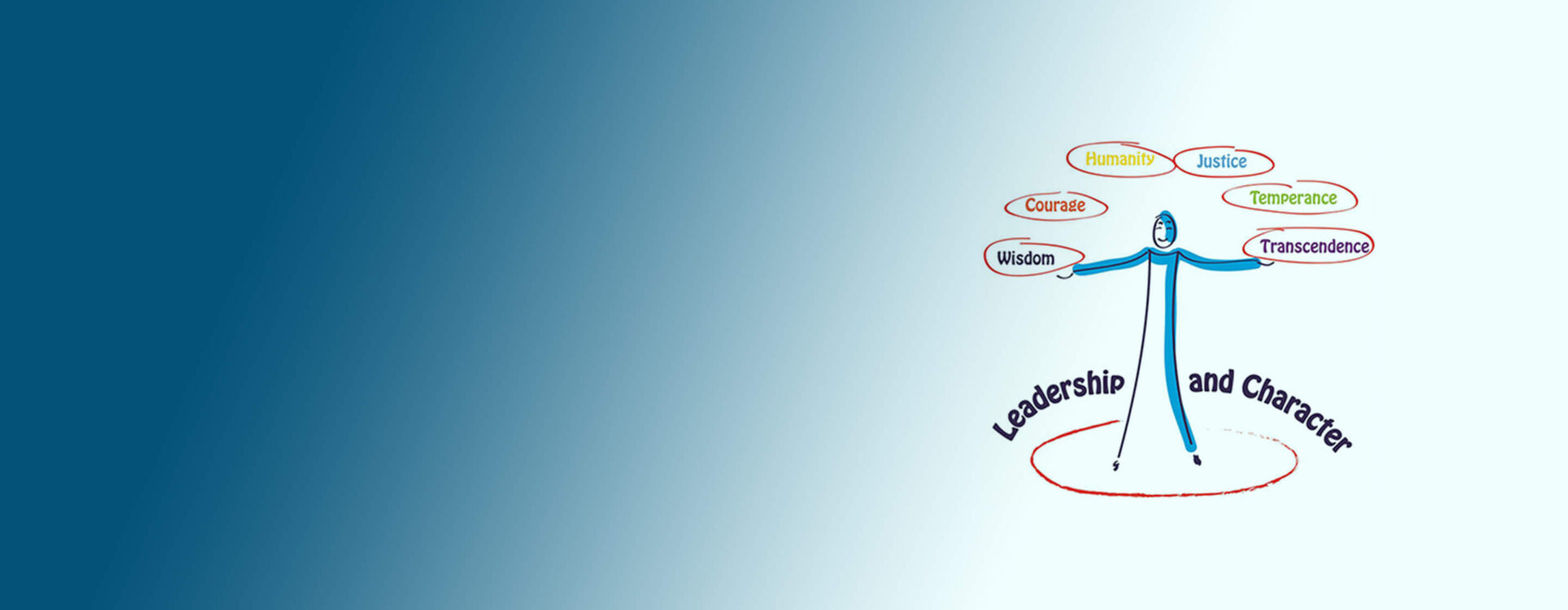
Leadership and character
More than 180 executives attended an IMD Discovery Event that explored the issue of leadership and character. The participants – senior leaders from a variety of industries and companies – went through a journey of self-discovery that gave them the opportunity to reflect on their own leadership experiences and those of others in their organizations.
In today’s increasingly connected and transparent business environment, it is not just the “what” of a company’s strategy that will determine its success or failure. Questions regarding the character of “who” is in charge and “how” the strategy is executed can have an equal – if not greater – effect on firm performance. In this insights@IMD we examine the topic of leadership and character.
Who: Foundations of character
In recent years there have been endless news stories illustrating examples of unethical leadership bringing a renewed interest in understanding the factors that promote ethical business behaviors.
In response, the most recent leadership theories have focused on the character of individual business leaders and how this can influence an organization’s activities at multiple levels (dyads, teams, groups, units etc.). Professor Mazutis labels these new theories – which include concepts such as authentic leadership, ethical leadership, spiritual leadership, servant leadership and Level 5 leadership – “Positive Forms of Leadership” because at their core, they consider what kinds of character strengths or virtues are required to lead successful and ethical organizations.
When asked if it is possible to develop leaders with positive character strengths and virtues, 83% of event participants said they believe it is. Yet, if we can develop leaders with character and integrity, the question is how do we do it? Developing leaders with character is a process that begins with self-awareness and includes identifying our own character strengths and those of our peers, colleagues and subordinates. Character strengths can be defined as our capacities for thinking, feeling and behaving and they represent fundamentally who we are, not what we can do (competencies); what we like (interests); or what we believe is important (values). A large body of research has now uncovered a common set of character strengths that are universally admired by individuals across cultures, religions and time, and which are broadly representative of six different virtues – wisdom, courage, temperance, transcendence, justice and humanity –Everyone has all of the to some degree, however, certain strengths will be more prominent than others.
Becoming aware of your character strengths and virtues is the first step in exploring how they might be applied in different contexts. Effective leaders leverage their character strengths – which can change depending on the context – and are able to align their strengths with other talents, interests and resources. These leaders also create opportunities for others in their organizations to use their character strengths to work more effectively. For organizations, the benefits of leveraging employee character strengths can include increased performance, product quality, employee productivity and engagement.
How: The sustainability opportunity
Leading with character means that who you are transcends how you lead across the levels of self, others, the organizations and society. One arena in which this can be observed is how leaders perceive their role in dealing with the sustainability crisis. In general, business adoption of sustainability practices has been slow: in 1991, firms were engaging in 4% of all the CSR initiatives they were being evaluated on, and by 2009 the level had reached only 12%. Yet 96% of CEOs agree that sustainability should be fully embedded into company strategy and operations. To increase the adoption of sustainability practices, there needs to be a leadership mindset shift in which sustainability is viewed as an opportunity and not as a challenge. Here, one can clearly see how a leader’s character strengths and virtues could come into play with regard to pursuing environmental and societal benefits in addition to financial outcomes. Zita Cobb of the Shorefast Foundation, Ray Anderson of Interface Carpets, Anita Roddick of The Body Shop and Yves Chouinard of Patagonia are some of the numerous examples of leaders who have led with character at the societal level and realized success by viewing sustainability as a business opportunity.
Perspectives from practice
Jim Barrington, former chief information officer (CIO) at Novartis and current director of the SMS for Life project, shared his experience of leading with character in the challenging context of fighting malaria, a mosquito-borne infectious disease and a public health problem in over 100 countries worldwide. Drugs to cure the disease exist, but they often do not reach the places where demand occurs, and stock-outs of drugs cost lives. Barrington realized that treating malaria was not a medical or scientific problem, but a logistics, process and IT problem. He decided to take action by forming a public–private partnership to address the supply chain problem of delivering malaria drugs to health clinics in rural areas. The SMS for Life initiative created an in-country forecasting system based on the use of SMS messaging between the health posts that dispense the drugs and the district and regional warehouses that distribute them. A data management system with a reporting interface using charts provides stock level information from all facilities to simplify stock movement and supply as well as improving stock forecasting and planning.
Barrington described the challenges of developing and implementing the solution through a pilot in three rural districts in Tanzania. After the successful Tanzanian pilot, the initiative was rolled out to all 5,080 clinics in the country and subsequently throughout the world.
Professor Marchand outlined the following lessons learned from the SMS for Life initiative8 and how Barrington’s leadership enabled the initiative to succeed:
- Develop a values-based vision to motivate people to high performance: In the SMS for Life initiative, the vision of saving lives by eliminating stock-outs of malaria medicines was compelling to all project stakeholders.
- Create a high trust relationship with all key stakeholders and partners: Recruiting a steering committee of recognized global experts provided visibility and credibility for partners and stakeholders to join the project.
- Live the values of integrity, transparency, sharing and proactive leadership: Barrington’s persona was genuine to all stakeholders and people involved in the initiative.
Conclusion
If business is contributing to the problems in the world, business leaders can also be a part of the solution. In the complex and changing global business environment, leading with character is now more important than ever. This event demonstrated that individuals who lead with character can enact changes at all levels of their organizations that have positive impacts on society.
Discovery Events are exclusively available to members of IMD’s Corporate Learning Network. To find out more, go to www.imd.org/cln
Research Information & Knowledge Hub for additional information on IMD publications
Research Information & Knowledge Hub for additional information on IMD publications
Research Information & Knowledge Hub for additional information on IMD publications
in I by IMD
Research Information & Knowledge Hub for additional information on IMD publications
in I by IMD
Research Information & Knowledge Hub for additional information on IMD publications
Research Information & Knowledge Hub for additional information on IMD publications
Research Information & Knowledge Hub for additional information on IMD publications
Research Information & Knowledge Hub for additional information on IMD publications
in I by IMD
Research Information & Knowledge Hub for additional information on IMD publications
in I by IMD
Research Information & Knowledge Hub for additional information on IMD publications
Research Information & Knowledge Hub for additional information on IMD publications











